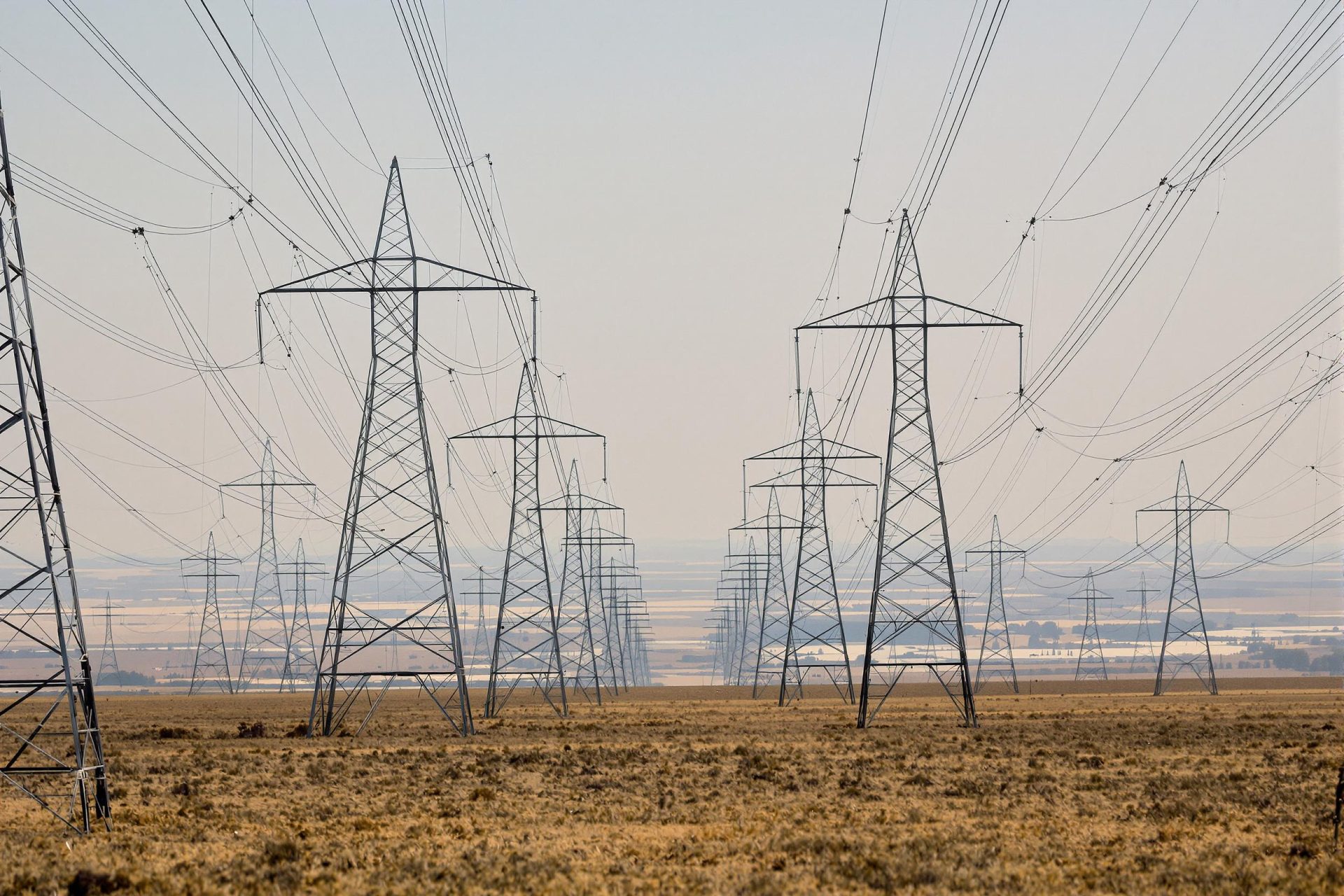Key Takeaways
- Despite some high-profile project pauses sparking worries, the boom in data center construction isn’t necessarily going bust.
- Major tech companies and suppliers insist that underlying demand, especially driven by artificial intelligence (AI), remains very strong.
- Recent slowdowns are viewed more as strategic pauses or reshuffling due to evolving AI needs, resource scarcity, and cost considerations.
- Finding enough power is becoming a major challenge, influencing where and how quickly massive new data centers can be built.
- Industry experts expect significant long-term growth in data centers, even if there are short-term adjustments.
Lately, giant data centers have become common sights, but recent news, like Microsoft halting plans for new facilities in Ohio, raised questions about whether the rapid growth was already over. A report suggesting Amazon Web Services might also be reconsidering some projects added to the unease.
However, the predicted bust might be more hype than reality. If anything, any slowdown seems more like a brief pause within a still very active market.
Giordano Albertazzi, CEO of data center supplier Vertiv, recently noted “accelerated scaling of AI deployments” and strong demand signals pointing to continued growth. Vertiv’s stock even jumped after his comments.
Amazon and Nvidia have also recently confirmed the data center market’s health. Kevin Miller, from Amazon’s global data centers team, stated at a conference that demand remains strong and is expected to keep rising, according to CNBC.
This doesn’t mean companies aren’t rethinking *how* and *where* they spend, especially as AI technology advances rapidly and global factors like trade concerns emerge.
Pat Lynch from commercial real estate firm CBRE described the current situation as “a bit of a pause, broadly,” but believes it’s temporary. He emphasized that the pipeline for future projects remains substantial.
Regarding Microsoft’s Ohio plans, where a $1 billion investment was anticipated near Intel’s upcoming chip factories, the company confirmed it wouldn’t proceed “at this time” but would keep evaluating the sites.
An analysis by UBS suggested Microsoft might have simply committed to too much too quickly during the initial AI rush. Now, they’re likely focusing on the most sensible projects, having already secured a vast amount of data center capacity. UBS found little evidence supporting a general drop in demand.
Alphabet’s CFO, Anat Ashkenazi, recently described the cloud supply and demand situation as “tight,” indicating capacity deployment could affect revenue growth quarter by quarter.
John Carrafiell of BGO, a real estate investment manager, sees the current phase not as a retreat but a “strategic reallocation.” He pointed out that major players like Microsoft, Google, Meta, and Amazon are still planning to invest over $300 billion this year, mostly on AI infrastructure.
Carrafiell believes this is more like “reshuffling the deck,” especially when critical resources like power, land, and fiber are scarce. He argues that long-term AI adoption by businesses will fuel data center demand for years, saying, “We aren’t even in the first inning yet.”
Power is the crucial ingredient for these energy-hungry facilities. As AI use grows, the need for efficient data centers located near users will increase. However, matching the right conditions with the required space takes time.
Allan Schurr from microgrid developer Enchanted Rock highlighted that new data centers are demanding dramatically more power—sometimes 500 megawatts or more, compared to 60 megawatts just a few years ago. This strains the existing electrical grid.
This surge comes alongside increased power needs from manufacturing and electric vehicles, complicating things for utility companies that need to ensure reliable power for everyone. This is why some data centers face long waits to get connected to the grid, Schurr explained.
CBRE has seen its data center business thrive, with its contribution to core earnings growing significantly. Lynch expects continued growth, driven by the need for locations with readily available power, like parts of Georgia, Texas, and Ohio.
While challenges exist, McKinsey & Company modeling suggests the data center market could grow 20-25% annually over the next several years, though this growth won’t necessarily be smooth year after year.
Factors like potential tariffs could add cost pressures, requiring companies to adapt their sourcing and supply chain strategies, according to John Archer from Slalom Consulting.
Ultimately, the immense computing power required for AI drives the need for more data centers. Suresh Venkatesan, CEO of POET Technologies, stressed that AI demands computing power on an unprecedented scale. Even if one project stalls, others will likely emerge because the fundamental demand for connectivity isn’t slowing down.



